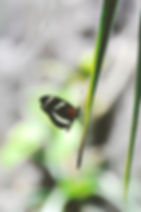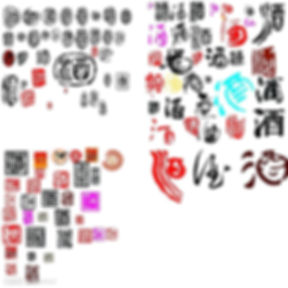Tenuta San Guido, Guidalberto 2015

We did the consecutive vintages of 2013, 2014 and 2015 because these wines of Tenuta San Guido Guidalberto from Sassicaia are market-proven. Vintage 2013 is, of course, darn good; this 2015 is as good either because this is a seriously good second wine from an extremely good vintage (slight rain, then hot sum, breezy; Jancis Robinson and Decanter).With soft plump tannins, this 2015 Guialberto exhibits fruit freshness (plum and black cherry fruit). Tobacco and cedar notes lead onto a fine, tapering finish. Compared to the more challenging 2014 vintage which gives soft, supple tannin structures and great balance of acidity and freshness. Guidalberto 2015 naturally shows a more complex and intense structure when compared.
Nonethess, we find that vintage 2105 cannot measure up to the performance of the 2013 vintage at this point of observation. While more review and tasting are expected for the 2015 vintage, Decanter already awarded score of 91(and the first wine Sassicaia 2015 got RP93) and we expect this second wine fetching higher score months done the road. Despite significant Merlot, the ABV is just 13.5%. This 2015 gives pleasant drinking now and charges only a very small fraction of the First Wine Price. Livex quoted the wine regardless of vintages in the past 10 years has been steadily increasing at 10% to 15% every year.

The 2015 harvest began with Merlot during the first week of September and continued from late September to late October with Cabernet Sauvignon. The hand-picked grapes arrived in the cellar healthy, crunchy, uniformly ripe with a spicy aroma Wine making. The very gentle crushing and de-stemming of the clusters of grapes was followed by fermentation in temperature controlled stainless steel vats (between 30° - 31° C, only using the vineyard’s native yeast). The maceration on the skins lasted 9 to 12 days for Cabernet Sauvignon. It was followed by pump overs of the musts and délestages in order to soften the wine tannins. The secondary fermentation (Malolactic fermentation) also took place in stainless steel vats. Following the malolactic fermentation the wine was aged 15 months in French and partially American oak barrels. It was released on the market after an additional few months.
The vineyards are planted on plots of land with different and composite morphological characteristics, as well as with a strong presence of limestone. These areas are also rich in rocks and rather rich in clay and are located at an altitude between 100 and 300 meters above sea level, facing South / South-West.






















